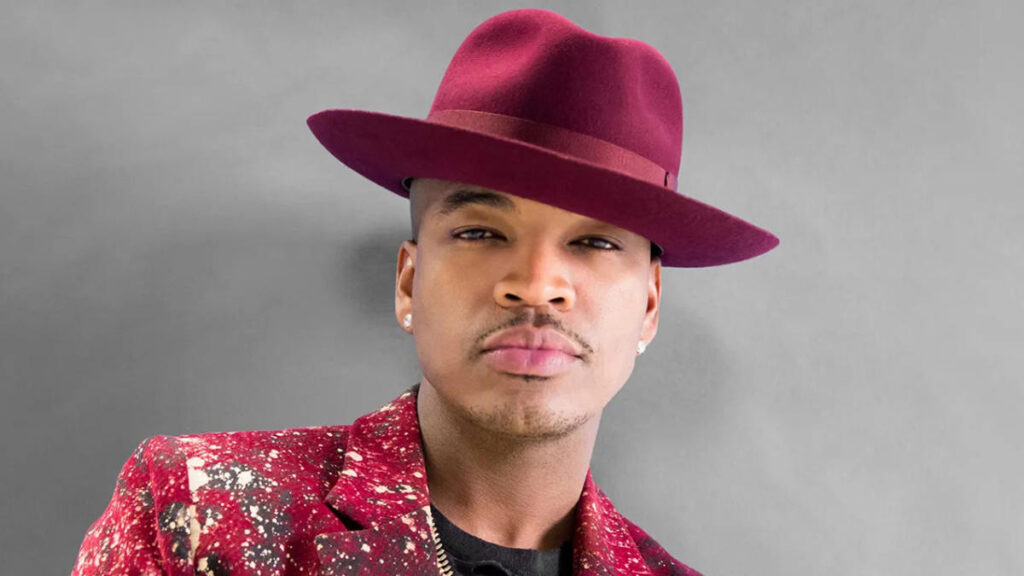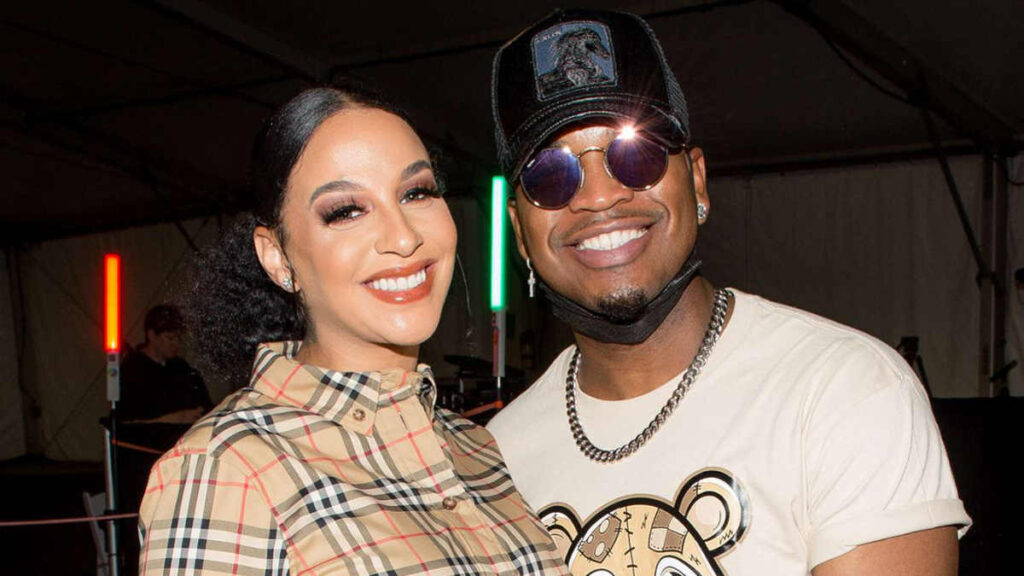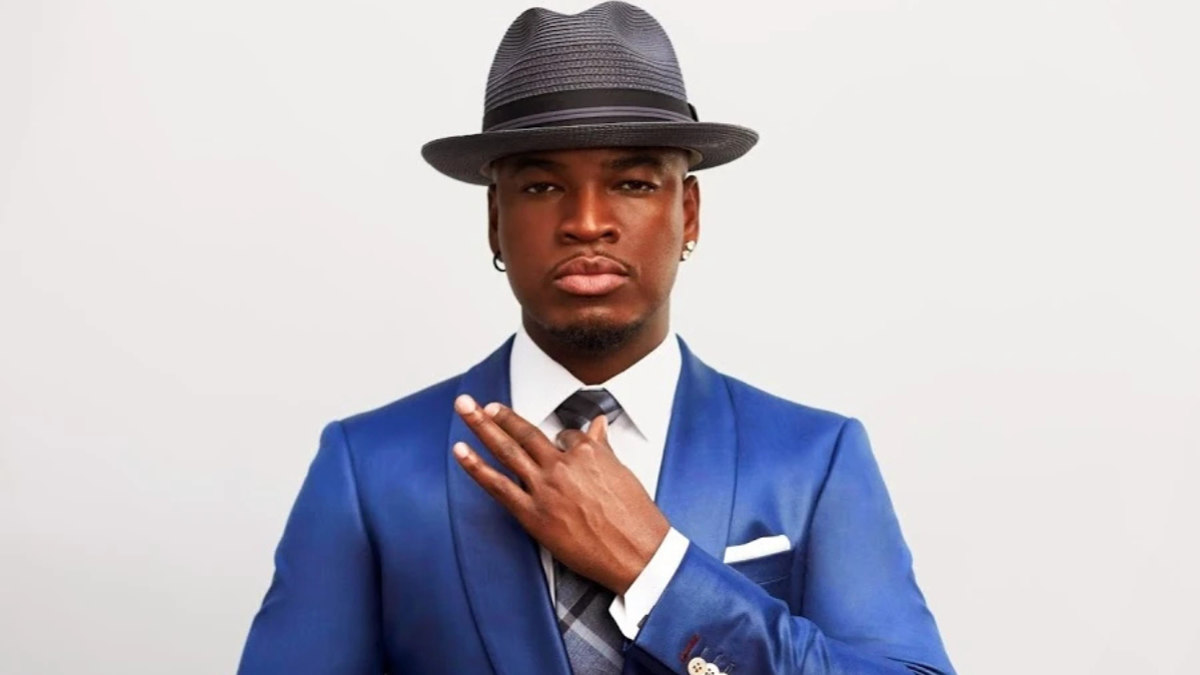“I’d rather make money in my sleep than chase it on stage forever.”
That’s not the kind of line you expect from a chart-topping R&B singer. But Ne-Yo has never been interested in playing by industry rules — especially when it comes to wealth.
In the mid-2000s, the world met him as the smooth voice behind slow-burn hits like So Sick and Miss Independent. But what many fans didn’t see was the chessboard behind the curtain — a young artist stacking songwriting credits, negotiating royalty splits, and thinking two steps ahead while most were thinking about the next tour.
Fast-forward to 2025, and Ne-Yo’s fortune tells a story that runs far deeper than platinum plaques or sold-out shows. His net worth is a case study in creative control, business foresight, and quiet ownership — the kind of wealth that doesn’t scream from headlines but compounds in the background.
This isn’t just a story about how an R&B artist made money. It’s about how Ne-Yo rewrote the rules of celebrity income — and turned intellectual property into his long game.
Let’s break down how it all came together.
The 2025 Net Worth Breakdown: Where Ne-Yo’s Money Comes From
As of 2025, Ne-Yo’s estimated net worth hovers at $9 million, according to updated reporting from outlets like Celebrity Net Worth. That figure might raise eyebrows — not because it’s low, but because it’s been sustained. In an era where viral fame often leads to fast cash and faster burnout, Ne-Yo’s fortune has grown quietly and methodically.
What makes his portfolio interesting isn’t just what’s in it, but how he built it.
Roughly 40–45% of his wealth is rooted in songwriting and publishing royalties. Tracks like Irreplaceable (Beyoncé) and Let Me Love You (Mario) continue to generate income through streaming, licensing, and sync deals. These aren’t just hits — they’re annuities.
Another 30% or so comes from live performances, tours, and televised appearances, including his stint as a judge on World of Dance. Ne-Yo has never been the most prolific touring act, but his ability to show up in high-visibility platforms has kept him bankable.
The final 20–25% reflects business ventures and media investments — everything from early-stage tech plays to brand endorsements and real estate holdings in Atlanta and Los Angeles.

What ties it all together? A disciplined philosophy: own the things that pay you long after the spotlight fades. Ne-Yo’s net worth in 2025 isn’t a snapshot of recent fame — it’s the result of nearly two decades of stacking rights, residuals, and repeatable income.
Ghostwriting Gold: The Quiet Millions Behind the Hits
If you only know Ne-Yo as a performer, you’re missing the real financial engine behind his career: the pen.
Before he was a household name, he was already a ghost behind the glass — writing hooks and full songs for some of the biggest artists on the planet. His breakout moment? Writing Let Me Love You for Mario in 2004. That single not only went No. 1, but also caught the attention of music execs who would soon sign him as a solo act. But here’s the kicker: he still gets paid for that song — every stream, every radio spin, every licensing deal.
The same goes for Irreplaceable, the Beyoncé anthem that ruled the charts in 2006. Ne-Yo didn’t just co-write it — he retained his publishing share. That’s a music business power move. It means when the song is used in a commercial, a film, or covered internationally, a piece of the pie still comes back to him.
This is where Ne-Yo’s fortune really compounds: music publishing rights are assets. Think of them like rental properties — except instead of tenants, it’s Spotify streams, TV syncs, and TikTok virality paying the rent.
In an industry where many artists trade short-term fame for long-term royalties, Ne-Yo flipped the script. His catalog — built quietly behind other voices — is now one of his most consistent revenue streams.
The result? A steady flow of “invisible income” that most fans never see, but every investor would envy.

From Stage to Strategy: Ne-Yo’s Smart Business Moves
While many artists chase the next viral hit, Ne-Yo has always played a different game — one that values equity over exposure.
Take his early stake in the streaming platform Stage11, a company blending music with immersive virtual reality. At a time when most musicians were still adapting to Spotify royalties, Ne-Yo was betting on the next frontier of digital performance. That move wasn’t just trendy — it was visionary. It positioned him as a stakeholder in the very platforms shaping the future of entertainment.
Then there’s his role as a judge on NBC’s World of Dance. More than a celebrity appearance, it was a calculated pivot into prime-time television. It offered high visibility without the physical demands of touring, and it brought in consistent income while expanding his brand to a family audience.
He’s also dabbled in brand partnerships that reflect personal alignment over flash — think modest endorsements with liquor brands and fashion lines, not just the usual celebrity sizzle. The through-line in all of it? Leverage and longevity.
Ne-Yo doesn’t jump on every opportunity. He picks lanes that either align with his identity or offer back-end ownership. That kind of restraint isn’t flashy, but it’s exactly why his wealth hasn’t just lasted… It’s matured.
This is the part of his empire fans rarely see: the strategist behind the artist.
The Lifestyle Factor: Where Does the Money Go?
Ne-Yo may sing about champagne nights and red carpet love, but his real-life spending leans more pragmatic than platinum-coated.
He owns a sleek, modern home in the Atlanta suburbs — spacious but understated — and has invested in real estate not for flash, but for long-term value. Unlike some of his peers who splash out on multiple coastal mansions, Ne-Yo has kept his property portfolio tight and functional.
His fashion sense is sharp, often featuring designer staples — think Balmain jackets or Saint Laurent boots — but rarely gaudy. Even his cars, while high-end (a Bentley Continental GT, a classic Mustang), reflect timeless taste over trend-chasing.
There’s a sense of restraint to his lifestyle, not because he can’t afford extravagance, but because he seems to prefer control over chaos. He’s spoken in interviews about wanting generational wealth for his kids, and that philosophy is visible in the way he spends: measured, intentional, with room for joy but no appetite for waste.
Ne-Yo’s lifestyle isn’t about projecting status — it’s about preserving independence. And in the celebrity economy, that may be the most luxurious choice of all.
Ne-Yo vs. His Peers: How Does He Stack Up in 2025?
At an estimated $9 million in 2025, Ne-Yo’s net worth might seem modest beside some of his contemporaries, but context matters.
Chris Brown, for example, is reportedly worth around $50 million, bolstered by high-grossing tours, merchandise, and a loyal fanbase that fuels streaming numbers into the billions. Usher, on the other hand, sits closer to $180 million, thanks to a decades-spanning career, Las Vegas residencies, and deeper ties to business (including part ownership of the Cleveland Cavaliers).
Then there’s The-Dream — another powerhouse songwriter — who recently sold part of his publishing catalog in a multi-million-dollar deal, propelling his net worth past $30 million.
So, where does Ne-Yo fit?
Unlike some of his peers, Ne-Yo’s strategy hasn’t hinged on relentless touring or front-facing celebrity endorsements. Instead, his wealth has grown through intellectual property, selective visibility, and business equity. He’s the classic “quiet earner” — the kind of artist who might not trend every week but has structured his income to last.
What separates him is his risk-to-reward ratio. Fewer headline-grabbing moves, more backend value. He didn’t cash out all his publishing. He didn’t flood the market with product. Instead, he built a hybrid model of creativity and control.
In today’s R&B economy — where virality often eclipses value — Ne-Yo’s Lane is slower, smarter, and surprisingly durable.

The Hits That Keep Giving: How One Song Can Make Millions”
When Ne-Yo penned Let Me Love You for Mario in 2004, it wasn’t just his first No. 1 hit — it was a financial ignition switch.
That single spent nine consecutive weeks at the top of the Billboard Hot 100 and went on to generate millions in publishing revenue. For a songwriter with publishing rights intact (which Ne-Yo reportedly held a solid share of), that translates to a stream of income every time the song plays on radio, is streamed on Spotify, or appears in a movie, commercial, or cover version. Think of it like a dividend-paying stock — only with a melody.
Then came Irreplaceable in 2006. Written for Beyoncé, the song became a global anthem and the biggest single of her career at the time. For Ne-Yo, it was another behind-the-scenes win. That track didn’t just earn Grammy nods — it cemented his position as a catalog heavyweight. It continues to bring in money from international licensing, TV placements, and compilation use nearly two decades later.
This is the magic of songwriting: one great idea, protected by solid publishing deals, can create a lifetime of revenue. In an industry that often rewards flash-in-the-pan fame, Ne-Yo invested in something more powerful: repeatable income from timeless hits.
What I Learned Following Ne-Yo’s Money Moves”
I used to think building wealth in the music industry meant constant hustle — touring nonstop, staying in the spotlight, launching every side hustle that came your way. But watching Ne-Yo’s career over the years changed how I see long-term success.
What struck me wasn’t just his talent — it was his timing. He knew when to step into the light and when to play the background. He didn’t just perform the hits; he wrote them, licensed them, and collected the checks for years. While other artists chased the next big moment, Ne-Yo was playing the long game — building a catalog that paid him while he slept.
There’s something deeply inspiring about that — especially in a world addicted to instant validation. Ne-Yo reminds me that ownership is quiet, often invisible, but incredibly powerful. He never needed to scream “mogul” from the rooftops. He just moved like one.
It made me rethink my approach to money and work. Am I creating things that will still serve me five, ten, or twenty years from now? Or am I chasing the short-term win?
Ne-Yo’s not just an artist I admire — he’s a financial blueprint. A reminder that sometimes, the smartest move is the one no one sees coming.
Beyond the Music: Ne-Yo’s Influence on Ownership in the Industry
Ne-Yo’s influence extends far beyond the studio mic or songwriting booth — it’s embedded in a broader cultural shift toward ownership and financial literacy in music.
Long before owning your masters became a trending topic, Ne-Yo was quietly holding onto his publishing rights and preaching the value of creative control. In interviews, he’s often emphasized how artists need to “understand the business as much as the art” — a sentiment that’s only grown louder in recent years.
Today, we’re seeing younger artists — from Russ to SZA — speak openly about controlling their catalogs and negotiating smarter deals. While Ne-Yo may not always be cited in the headlines of that movement, he’s been living that ethos for nearly two decades.
His approach mirrors the evolving industry landscape: fewer lopsided contracts, more artists retaining equity, and a growing awareness that a hit isn’t just a moment — it’s an asset. Ne-Yo’s career proves that you don’t need to sell your soul (or your songs) to stay relevant and wealthy.
In a world where fame fades fast, he’s a blueprint for sustainability — an artist who understood early on that true power comes not from the spotlight, but from owning the rights to your legacy.

What’s Next: How Ne-Yo Plans to Grow His Fortune Post-2025
Ne-Yo isn’t coasting. If anything, 2025 feels like another pivot point, not a slowdown.
In recent interviews, he’s hinted at returning to his roots with a new album that leans heavily into R&B storytelling, but with modern production and AI-assisted mixing tools — a sign he’s embracing the tech shaping tomorrow’s sound. He’s also expressed interest in scoring films and exploring sync licensing deals, which could give his catalog even more reach (and revenue).
Offstage, Ne-Yo has been quietly backing emerging tech platforms focused on creator rights and music distribution — possibly influenced by the industry’s broader push toward decentralization and artist-first models. There’s also buzz around a docuseries he’s developing that centers on the business side of Black artistry — a project that would align perfectly with his brand and message.
What’s clear is that Ne-Yo’s not just reinventing — he’s refining. His next chapter isn’t about proving his place in pop culture. It’s about scaling his legacy in ways that are smart, sustainable, and uniquely his.
He’s already built the foundation. Now, he’s just expanding the blueprint.
A Net Worth Built on More Than Just Hits
Ne-Yo’s net worth isn’t just a tally of album sales and performance checks — it’s a reflection of how he chose to play the game differently.
While many artists chase visibility, Ne-Yo chased viability. He built his fortune not on viral moments but on intellectual property, strategic ownership, and a refusal to be just a face in front of the mic. His story is a quiet rebellion against the burnout model of celebrity: a case study in how thoughtful business moves can outlast flashier headlines.
More than anything, Ne-Yo’s financial path underscores a simple truth — in entertainment, what you own is often more powerful than what you earn.
He’s not the richest name in R&B. but he may be one of the most architecturally sound — a career designed to last, adapt, and keep paying forward.
In a landscape that rewards loudness, Ne-Yo’s fortune whispers something smarter: legacy isn’t built by staying in the spotlight, but by learning when to step back — and collect what’s yours.
Mohit is a finance and entertainment writer specializing in celebrity wealth, brand strategy, and media empires. As Co-Founder of TheNetWorths.com, he brings over a decade of experience analyzing public income streams, endorsement deals, and the evolving creator economy.



















